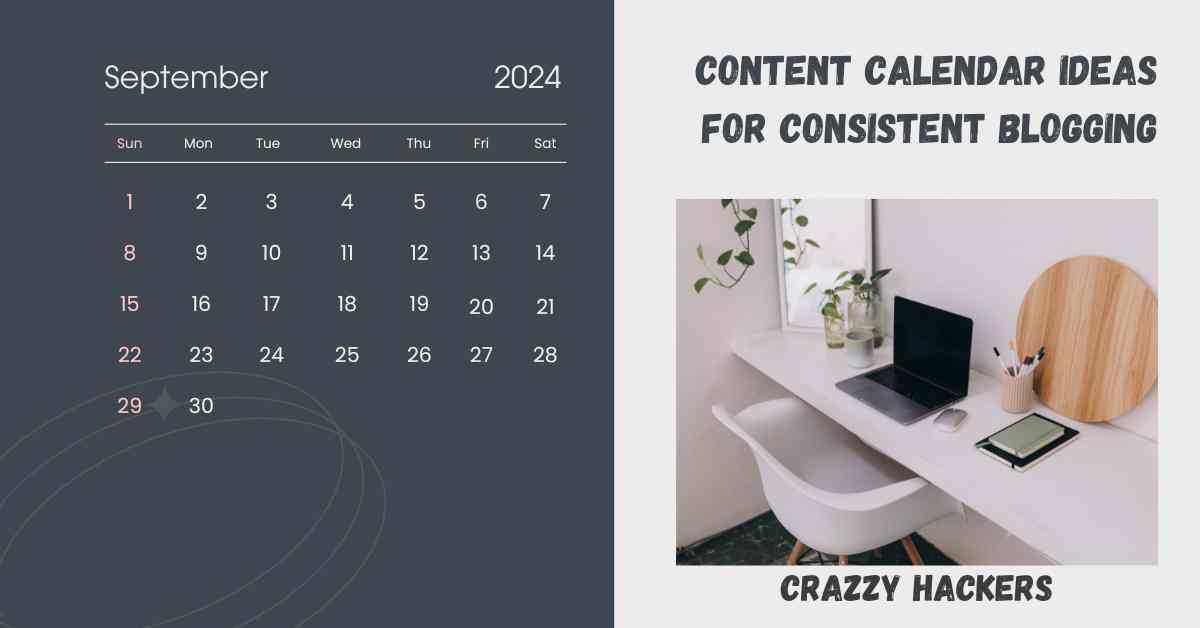Introduction to Content Calendars
Content Calendar Ideas serve as navigational charts in the vast sea of digital content creation. They’re structured frameworks, meticulously designed to guide content strategists, writers, and creators through the complex terrain of consistently producing valuable and engaging content. These calendars are the linchpins of organized and effective content management, establishing a roadmap that aligns with broader marketing strategies and audience preferences.
Defining Content Calendars in Blogging
Within the sphere of blogging, Content Calendar Ideas represent blueprints, essential tools empowering bloggers to transcend sporadic posting and embrace a more structured approach. They encapsulate schedules, topics, formats, and deadlines, lending coherence to the blogging journey. By defining content calendars, bloggers wield the power to optimize their productivity, enhance content quality, and build a loyal readership base.
Foundational Elements of Effective Content Calendars
Effective content calendars are built upon a robust foundation, integrating key elements that ensure their efficacy. These elements encompass a deep understanding of target audiences, aligning content with overarching brand goals, establishing realistic timelines, incorporating diverse content formats, and fostering flexibility to adapt to evolving trends and audience preferences.
Monthly Content Planning
Monthly content planning encapsulates a strategic approach to content creation, zooming out to consider overarching themes, campaigns, and goals for a given month. It involves meticulous brainstorming, topic selection, and aligning content with seasonal trends or relevant events to maintain relevance and resonance with the audience.
Strategies for Monthly Topic Brainstorming
The art of topic brainstorming for monthly content hinges on a fusion of creativity, market analysis, and audience insights. Employing tools like keyword research, trend analysis, and consumer behavior studies aids in crafting a diverse range of engaging topics that resonate with the target demographic.
Weekly Content Scheduling
Weekly Content Calendar Ideas forms the tactical backbone of content calendars, breaking down monthly plans into actionable steps. It involves assigning specific topics, allocating resources, setting deadlines, and outlining the tasks necessary for seamless content creation.
Writing, Editing, and Review Processes
The journey from ideation to publication involves meticulous stages of writing, editing, and review. Crafting compelling content demands an iterative process of refining ideas, honing language, and ensuring accuracy before presenting it to the audience.
Daily Execution and Optimization
Executing content strategies daily involves a blend of creativity, consistency, and adaptability. It necessitates constant optimization, responding to audience feedback, analyzing performance metrics, and tweaking strategies to enhance content efficacy.
Monitoring and Analyzing Content Performance
Monitoring content performance is pivotal for gauging the impact of content strategies. Analyzing metrics such as engagement rates, traffic, conversion rates, and social shares empowers content creators to fine-tune their approaches and optimize future content.
Integrating Various Content Types: Blog Posts, Videos, Infographics, etc.
Effective content calendars encompass diverse content formats tailored to cater to varying audience preferences. Embracing versatility through blog posts, videos, infographics, podcasts, and other mediums ensures wider reach and engagement.
Collaborative Content Creation Strategies
Collaborative content creation fosters innovation and diversity in content. Leveraging the collective expertise of team members, influencers, or guest contributors amplifies creativity and augments the value delivered to the audience.
Seasonal and Trend-Relevant Content
Aligning content with seasonal trends and current events capitalizes on topical relevance, capturing audience interest and leveraging the momentum of trending topics to augment visibility and engagement.
Content Repurposing Techniques
Repurposing content involves breathing new life into existing material by adapting it into different formats or targeting diverse audience segments like for example utilizing the text content to create engaging videos making use of a AI text to video online tool. It maximizes the utility of content and extends its reach across various channels
Balancing Quality and Quantity
Striking a balance between quality and quantity remains a perpetual challenge in content creation. It involves optimizing workflows, leveraging resources efficiently, and ensuring that the volume of content produced doesn’t compromise its quality.
Overcoming Content Creation Challenges
Content creation isn’t without hurdles. Overcoming challenges demands resilience, adaptability, and a proactive approach to address issues like writer’s block, content fatigue, resource constraints, and changing algorithmic landscapes.
Conclusion
In the ever-evolving landscape of digital content creation, content calendars emerge as indispensable compasses, guiding creators through the labyrinth of audience preferences and market dynamics. By embracing strategic planning, diversified content formats, and an unwavering commitment to audience needs, content creators forge pathways to sustained relevance, engagement, and success.






